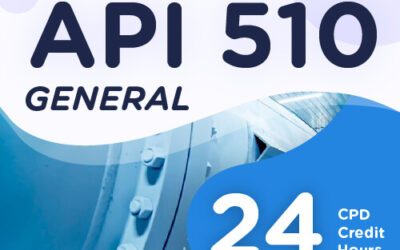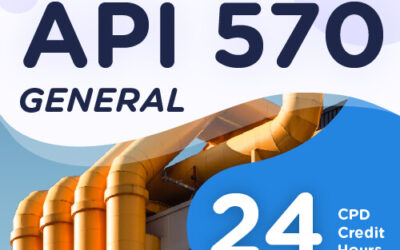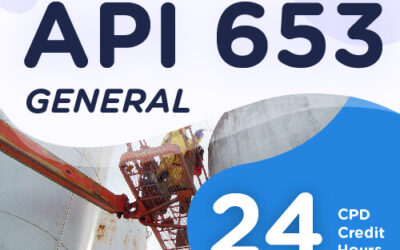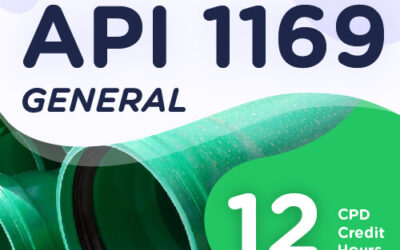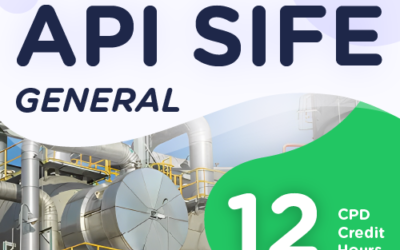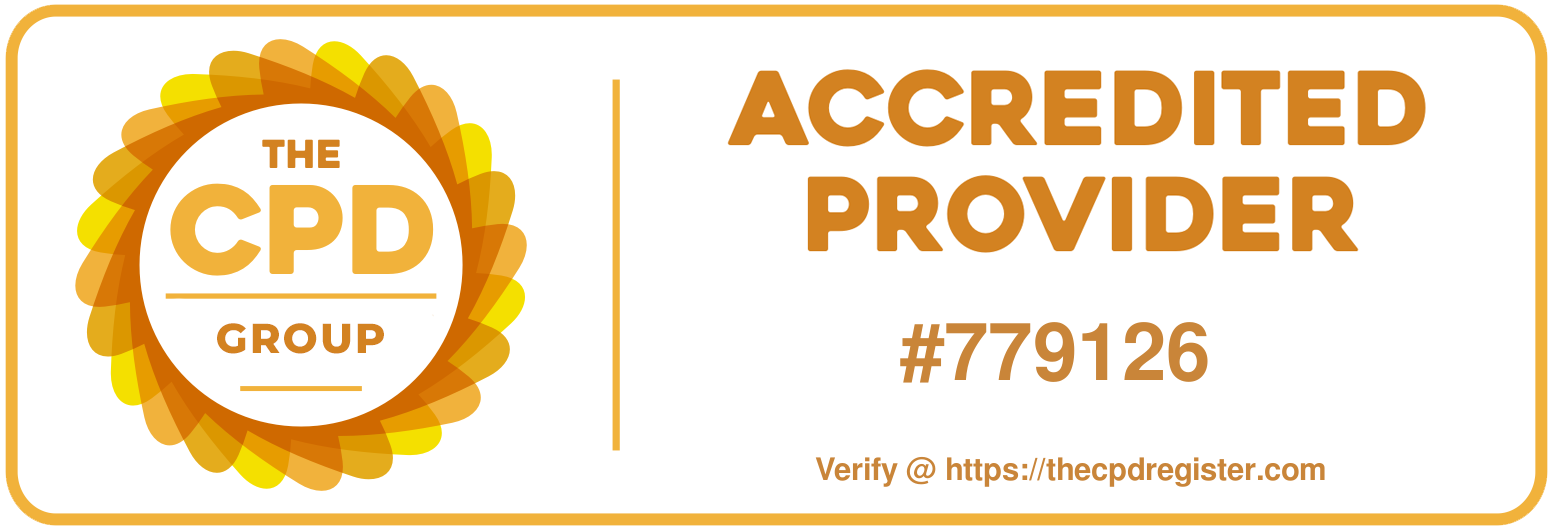
This course has 119 Lessons covering 67 Damage Mechanisms, has 1200 Questions (15 sets of mock exams), 900 Flash cards, selective Corrosion Atlas & highlights of API RP 571 Third Edition (2020). A Certificate of Achievement worth 24 CPD Credit Hours is issued to all candidates.
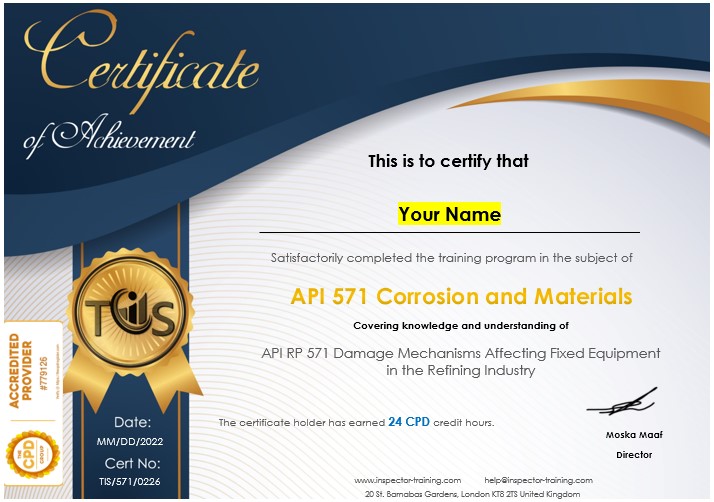
Please have a look at our ‘’ Course Content’’ to find out what you shall expect to learn from each module and sub-module.
Basic Facts
What you should expect during Exam Day?
API Exam Day at the prometric test center
The flash cards cover important topics; should be treated as potential exam questions and can be used for quick referral.
The number of mock exam questions on specific topics is proportionate to the area of examination, e.g., Critical Factors, Description of Damage, Inspection & Monitoring, Prevention/Mitigation, Affected Units/Equipment, Affected Materials, Appearance or Morphology and Related Mechanisms.
All our Mock exam questions go through seven check points and reviewed by three SMEs (subject Matter Experts). The Mock exam questions are revised annually based on the applicable revision of API RP 571.
As part of our continuous improvement campaign, we pay special attention to candidate’s feedback and queries, since these would highlight whether we could explain a topic well enough or not.
The objective is to have the least number of queries as one of our key performance indicators by enhancing clarity and transparency.
4 months 24/7 course access &
online support via WhatsApp & Email
Study first module & Try our first Mock Exam for free
For any queries, please write to us:
help@inspector-training.com
or just text or call us on WhatsApp
Course Features
- Lectures 118
- Quizzes 0
- Duration 16 weeks
- Skill level Intermediate
- Students 106
- Certificate Yes
- Assessments Yes




